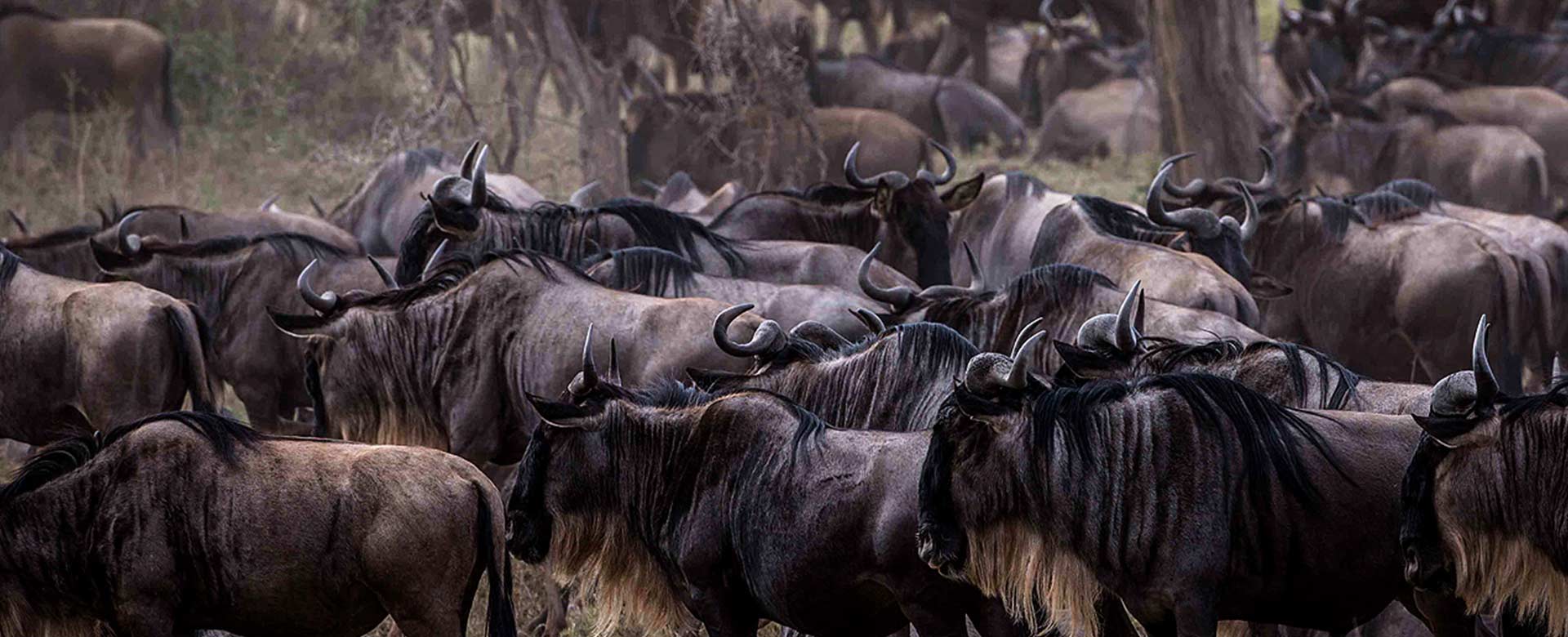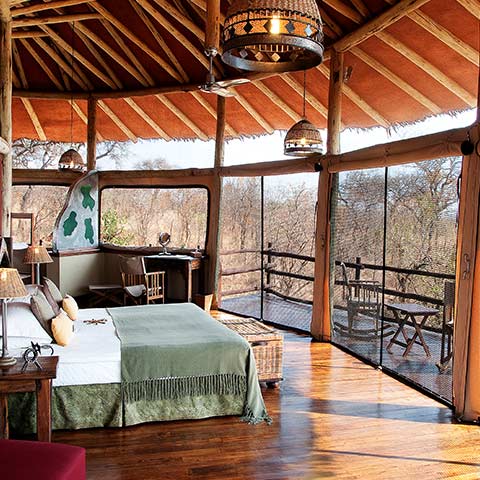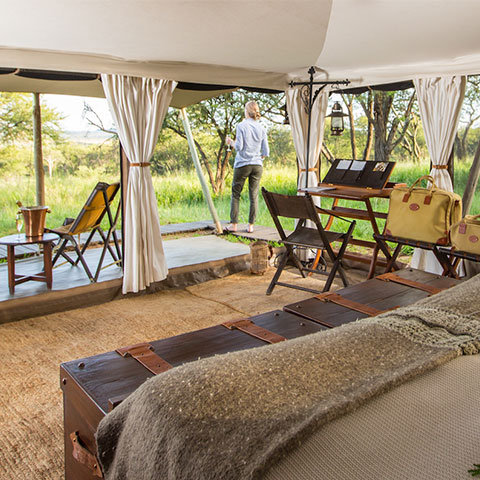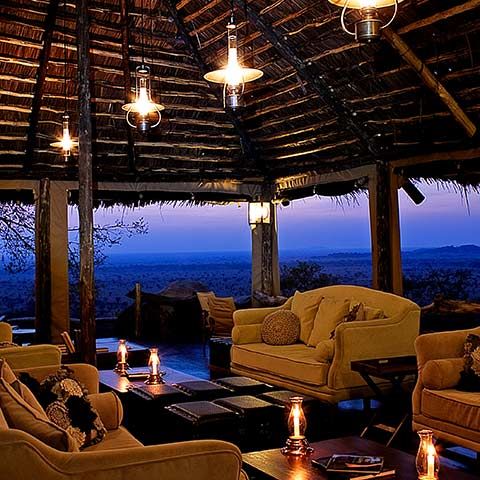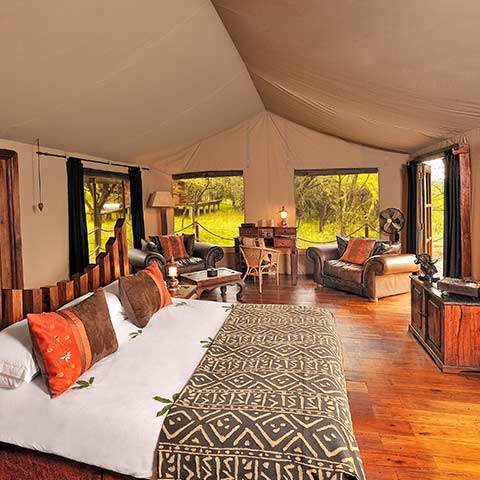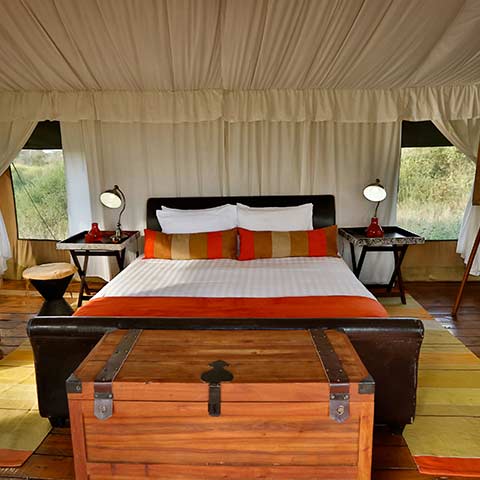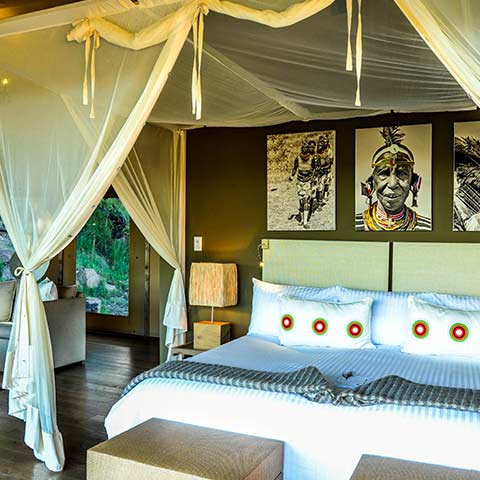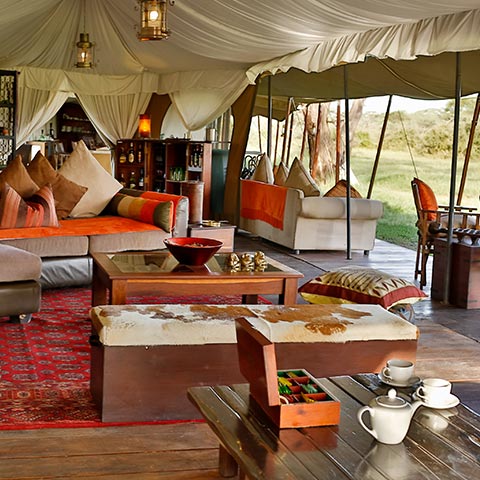Serengeti Classic Migration Safari
When
February-March
8 day safari
Where
Tarangire National Park
Ngorongoro Crater
Serengeti National Park
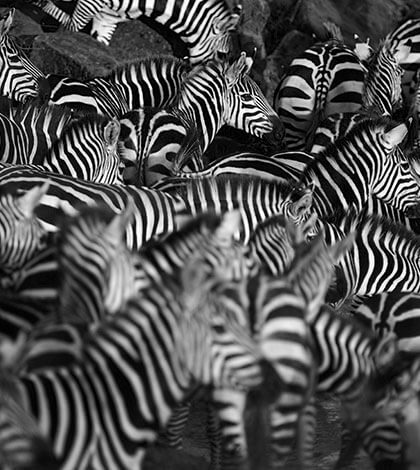
This is probably one of the best times to view predator prey interactions in the Serengeti and Topguides Safaris have ensured that you will have front row seats on these scenes as we cover the plains of this fascinating wonderland. Tour leaders will be Victor Nyakiriga and Naseeb Mfinanga.They have extensive knowledge of the Serengeti, traversing it manytimes in search of those locations far away from any other people and condusive to excellent wildlife photography.
Victor and Nas know the migration very well. They have followed it from the Mara to the Serengeti witnessing the whole circleof life and death on these vast open plains.Serengeti is home for them.
February: Beggining of March 8 day safari
Spend six glorious days in the best of Tanzanias Parks, home to what is considered the “Greatest wildlife spectacle on Earth”. Nothing can prepare you for this- Millions of animals spread out over plains stretching to the horizon and beyond.
This is the calving season and the plains ring out with the bleats of newborn wildebeest calves. It’s a time of new life, lots of action and stunning scenery on the classic African plains. This Safari is designed to catch up with the annual migration as the wildebeest return to the southern plains surrounding Lake Ndutu. The rains have fallen; causing the grasslands to flush green and the plains, littered with close to a million maternal beasts, give off a sense of blissful calm. Yet amongst all the grazing mothers and young lurk the predators. The calves and ewes attract a host of predators; from the cunning Jackal to the swift cheetah and, of course lion.
Highlights and what to photograph:
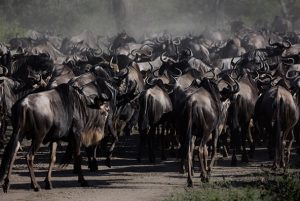
The plains of the Serengeti offer almost unlimited opportunity for photography. It is a photographic nirvana that ensures cameras constantly trained on something exciting.
Some of the major highlights are:
- Endless plains scattered with the odd umbrella thorn tree, creating the quintessential African scenes.
- This is the place to see millions of animals crossing endless plains
- The birthing of the wildebeest calves- a serene scene to say the least
- Unparalleled sightings of Lion and Cheetah
- Good leopard sightings
- Brilliant interaction between predators and prey- the new born calves attract predators large and small
- Excellent birding- From small sparrows to large raptors
- The attraction of smaller predators
- Beautiful African sunsets over the Serengeti plain
- Elephants, Giraffe and other large mammals
- Water holes filled to the brim with snorting and fighting Hippopotamus
REQUEST A QUOTE
Order of safari:
- We will employ the technique of early mornings and late afternoons in which to drive out on the plains. These hours are the most productive for animal and predator movement and also for photography.
- As is often the case in East Africa, all day game drives are common. These all day affairs include packed lunches, of course.
- Mid day hours are generally used to rest, talk about various sightings, behavioural theories and photographic techniques.
- Your hosts will also conduct informal discussions on a few of the evenings, using previous images and images taken on the trip to discuss various techniques and results.
- There will be opportunity for feedback and technical discussions whilst back at camp. We will be combining all these methods throughout the Safari to enable us to achieve maximum results from our time there.
Arrive at Moshi- Kilimanjaro Airport. From here we will transfer you to Arusha where you will stay for the first night.
After a great rest in Arusha, a pleasant morning awaits. At noon we will depart and head to Tarangire National Park to stay in a luxury camp. As a photographic destination, herds of up to 300 elephants scratch the dry river bed for underground streams, while migratory wildebeest, zebra, buffalo, impala, gazelle, hartebeest and eland crowd the shrinking lagoons. It’s the greatest concentration of wildlife outside the Serengeti ecosystem – a smorgasbord for predators – and the one place in Tanzania where dry-country antelope such as the stately fringe-eared oryx and peculiar long-necked gerenuk are regularly observed. It provides excellent opportunities for photographing the more unique and different animals- some of which you won’t see again on this tour.
Wake up early and leave for a morning game viewing while experiencing the marvelous African sunrise in Tarangire National Park. Later in the afternoon we drive slowly to Ngorongoro crater to stay overninght. The next day, we will have an early morning descent into the crater for a game viewing. The crater needs no introduction: it is a concentration of animals like no other in the world. The entire big 5 are often seen in one day as well as excellent predator interactions. Throw in a lake filled with flamingos and the crater walls ascending as a perfect backdrop and you have a scene made for an artist and camera. It really is a sight to behold. In the afternoon, you drive back out of the crater and start driving to the southern plains of the Serengeti for the next 3 nights.
The morning of day four, we start out from camp onto the open plains of the southern Serengeti. This area is very close to the well known game viewing areas but is better placed for the main attraction of the area- the calving of the wildebeest. The wildebeest move south to these wide open plains for two reasons: They are attracted by the short, fresh, sweet grass to graze on, and they can see potential predators from a fair distance away. So it is here that the animals drop their calves by the millions. Of course the predators are never far off as they are always nearby for an opportunistic meal. Sightings of cheetah, lion and black backed jackal are all relatively common and there is a strong possibility of seeing a hunt or even a kill.
We move from the southern Serengeti plains to the central plains, where resident animals are always seen here, particularly, it is home for leopards. This is classic Serengeti, with its rocky kopjes and lonely trees on the plains makes it perfect especially for sunrise and sunset pictures.
After breakfast at the lodge, we catch the transfer flight back to Arusha. From here we transfer to Kilimanjaro and catch the international flight home.
This is unfortunately the end of the safari.

